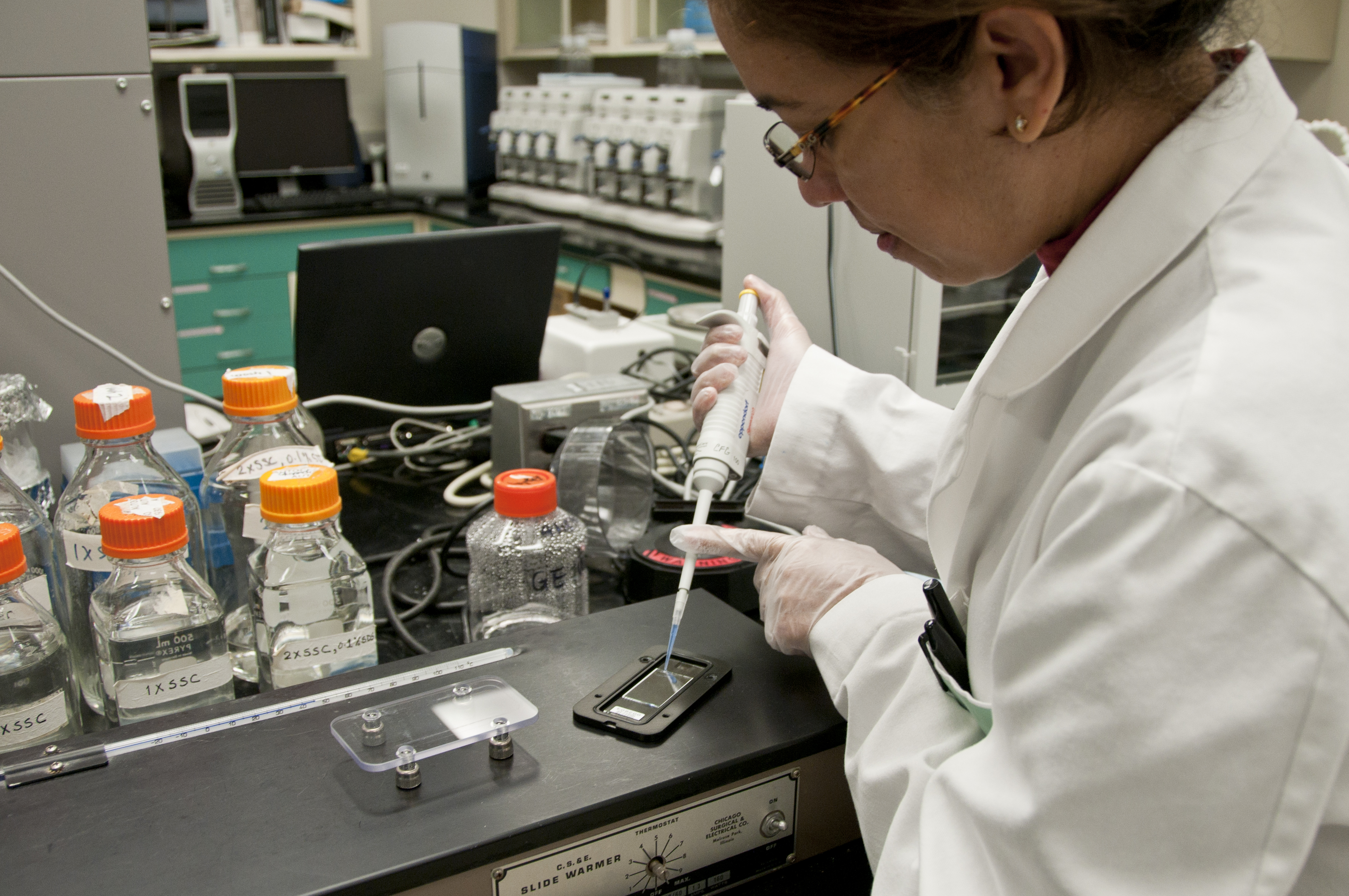
Photo from academic.microsoft.com
Farm animals are frequently exposed to mycotoxins, which have many adverse effects on their health and become a significant food safety issue. Pigs are highly exposed and particularly susceptible to… Click to show full abstract
Farm animals are frequently exposed to mycotoxins, which have many adverse effects on their health and become a significant food safety issue. Pigs are highly exposed and particularly susceptible to mycotoxins, which can cause many adverse effects. For the above reasons, an appropriate diagnostic tool is needed to monitor pig’ exposure to mycotoxins. The most popular tool is feed analysis, which has some disadvantages, e.g., it does not include individual exposure. In recent years, the determination of biomarkers as a method to assess the exposure to mycotoxins by using concentrations of the parent compounds and/or metabolites in biological matrices is becoming more and more popular. This review provides a comprehensive overview of reported in vivo mycotoxin absorption, distribution, metabolism and excretion (ADME) and toxicokinetic studies on pigs. Biomarkers of exposure for aflatoxins, deoxynivalenol, ochratoxin A, fumonisins, T-2 toxin and zearalenone are described to select the most promising compound for analysis of porcine plasma, urine and faeces. Biomarkers occur in biological matrices at trace levels, so a very sensitive technique—tandem mass spectrometry—is commonly used for multiple biomarkers quantification. However, the sample preparation for multi-mycotoxin methods remains a challenge. Therefore, a summary of different biological samples preparation strategies is included in that paper.
Journal Title: Toxins
Year Published: 2021
Link to full text (if available)
Share on Social Media: Sign Up to like & get
recommendations!